Report this entry
More from the same community-collection
Raul and Maria Flores August 3rd 2019 victims
July 25th 2019 9 days before the incident celebrating their ...
1st Worshipful Master of Fraternity Masonic Lodge #1111
A.J. Carpenter was the first elected Worshipful Master of ...
El Paso Strong. Lord, make us instruments of peace.
Mural in honor ov 8/3/2019 victims, located on Main St and ...
Joseph Magoffin (EPISD History)
Joseph Magoffin was born in Chihuahua, Mexico. During the Civil ...
El Paso Lodge # 130 A.F. & A.M. Temple (Trost & Trost)
El Paso Lodge # 130 A.F. & A.M. Temple by Trost & Trost. It ...
El Paso Masonic Lodge 130 Installation
El Paso Lodge # 130 A.F. & A.M. Installation of Officers. ...
El Paso First Pride Parade - June 2, 2001
Newspaper clipping from El Paso Times "Proud Gays Greet El Paso" ...
El Paso First Pride Parade - June 2, 2001
Newspaper clipping from El Paso Times "Proud Gays Greet El Paso" ...
2020 Gay Pride El Paso Social-Distance Parade
Participants of 2020 Gay Pride El Paso Social-Distance Parade on ...
2020 Gay Pride El Paso Social-Distance Parade
Participants of 2020 Gay Pride El Paso Social-Distance Parade on ...
2020 Gay Pride El Paso Social-Distance Parade
Participant of 2020 Gay Pride El Paso Social-Distance Parade ...
2020 Gay Pride El Paso Social-Distance Parade
Participant with Dede Camacho of 2020 Gay Pride El Paso ...

















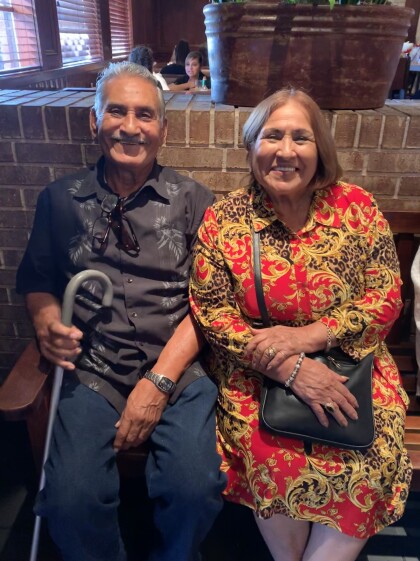
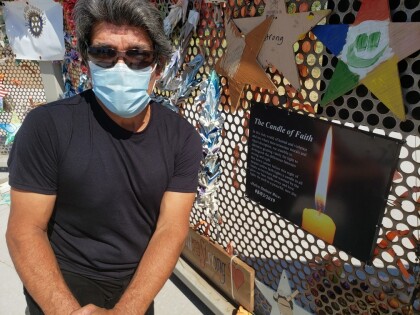
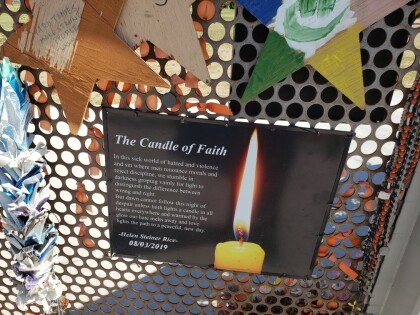
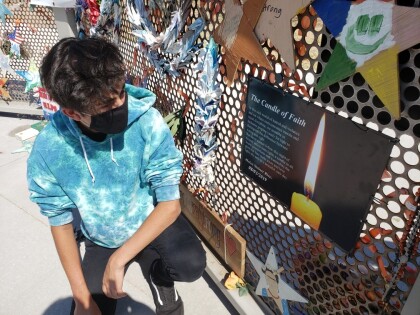
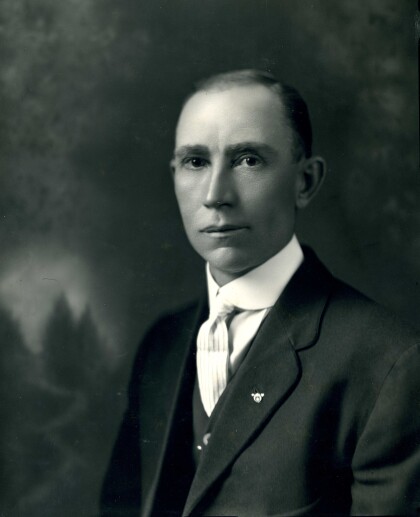
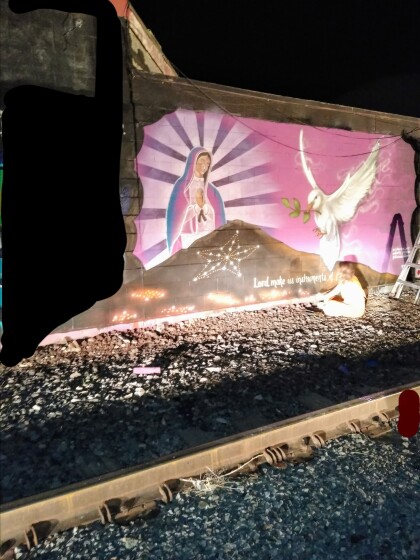
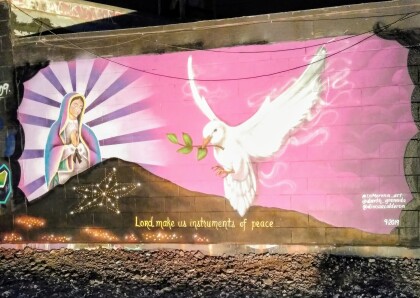
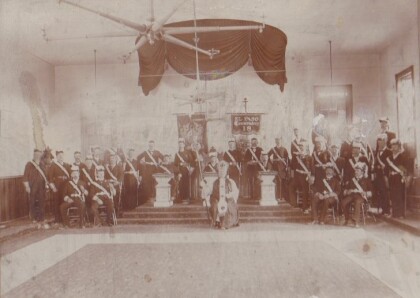
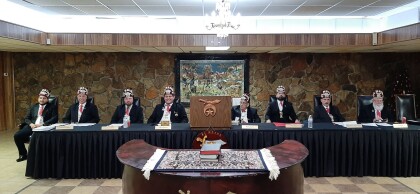
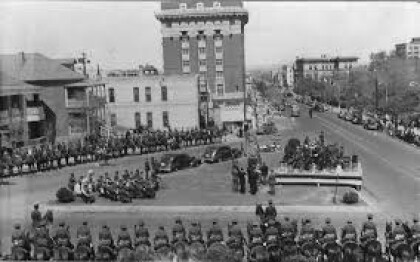
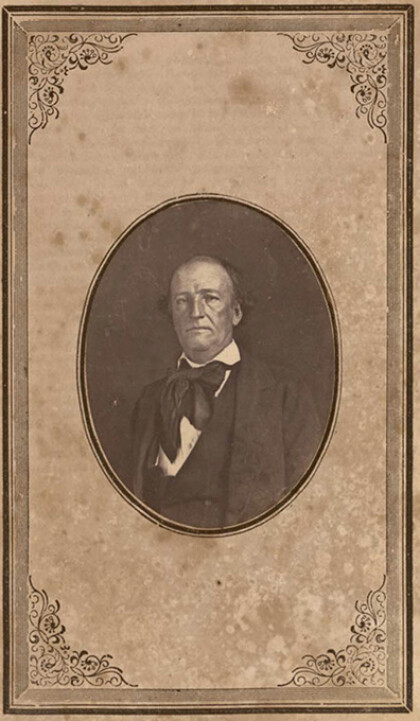
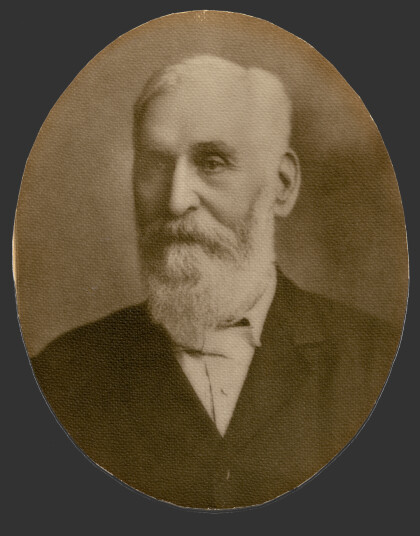
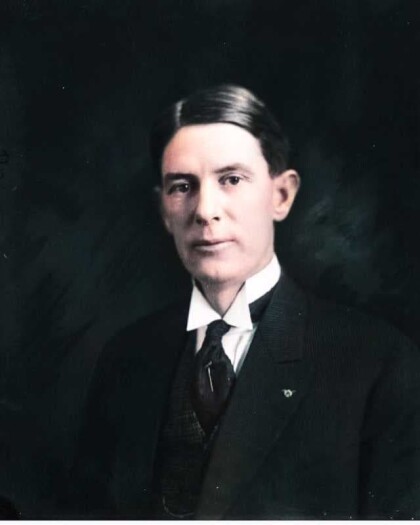
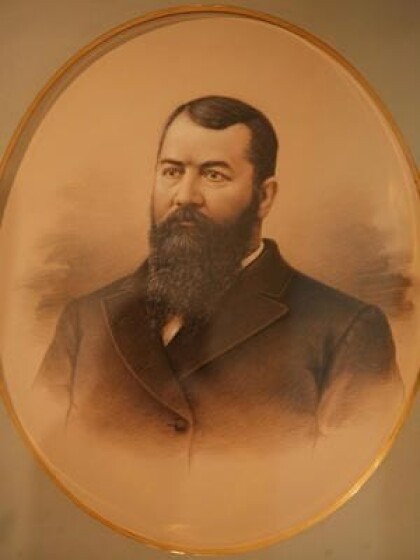
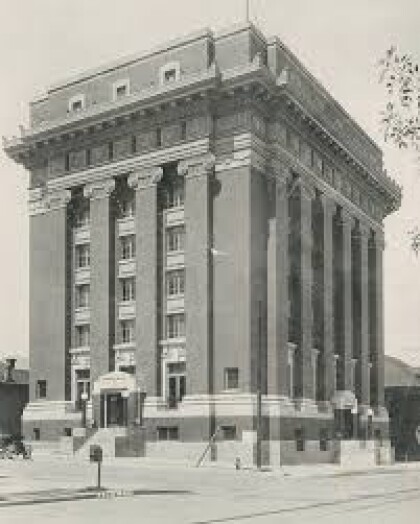
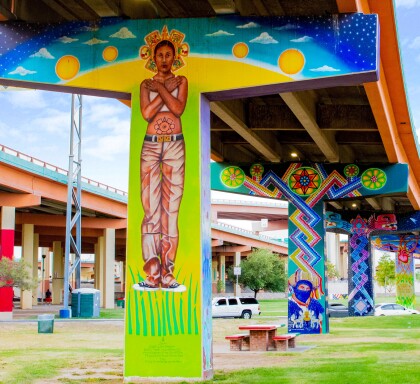
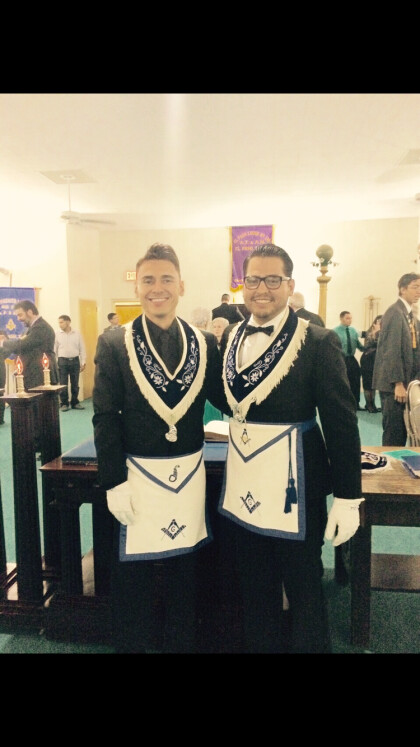
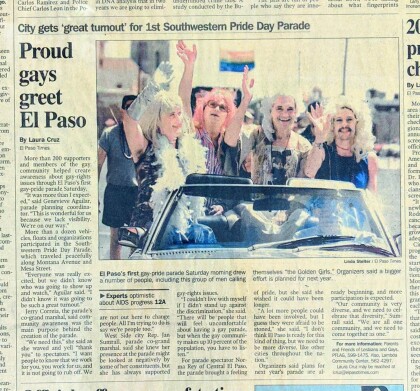
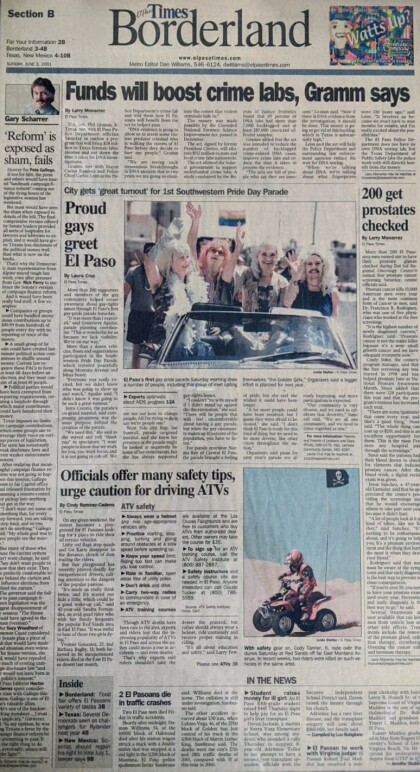




Comments
Add a comment